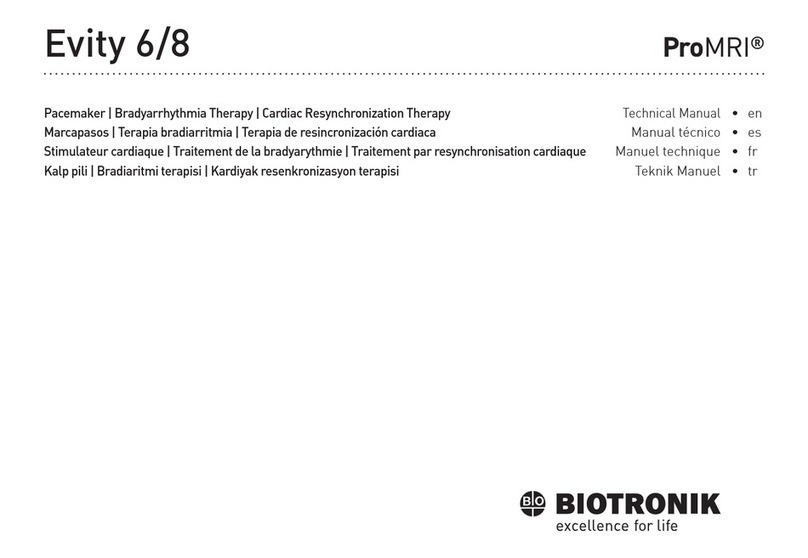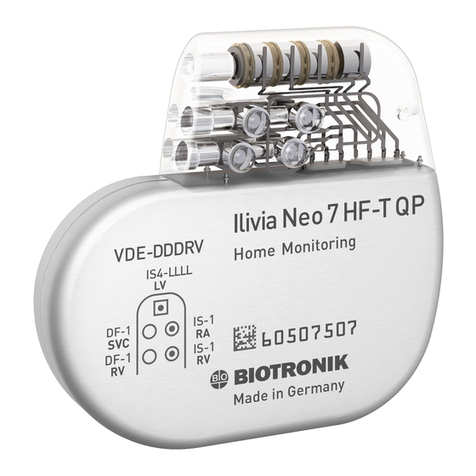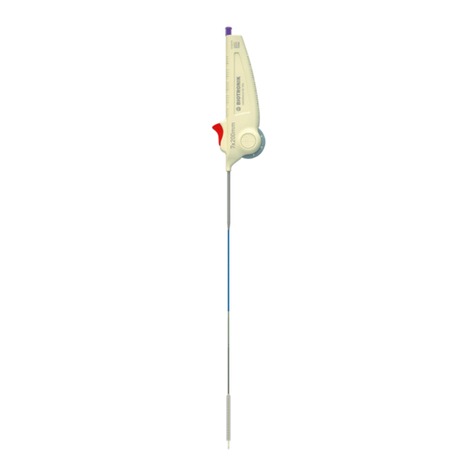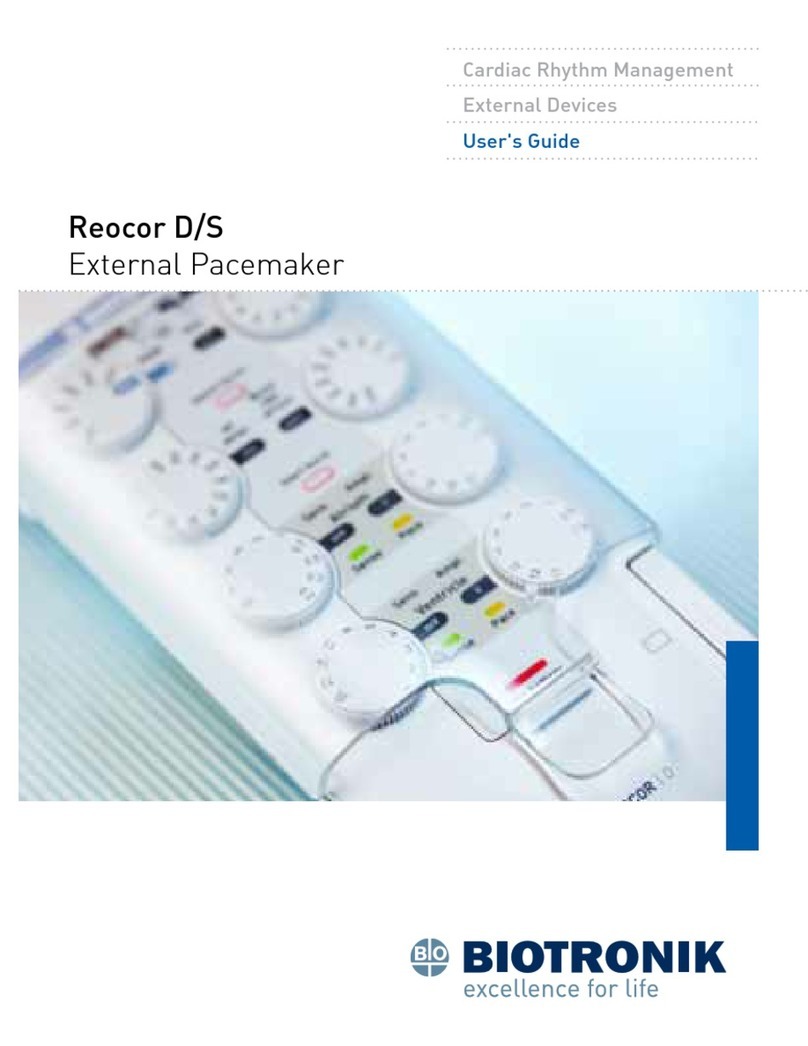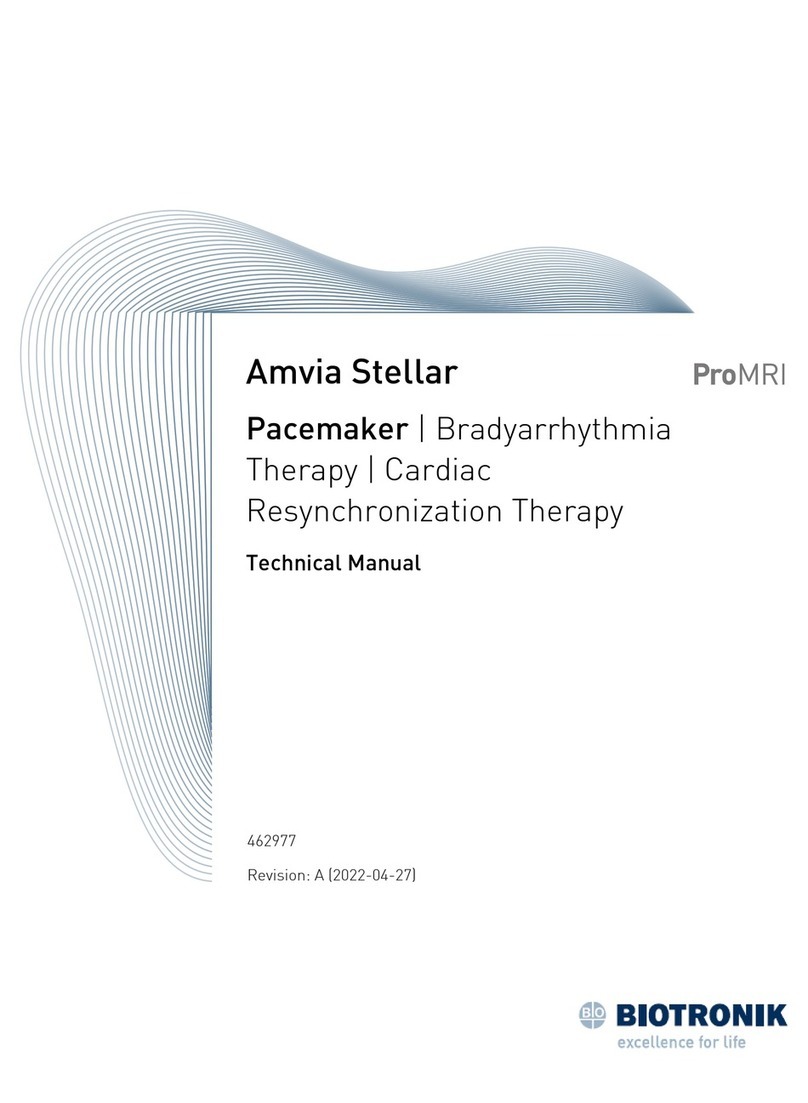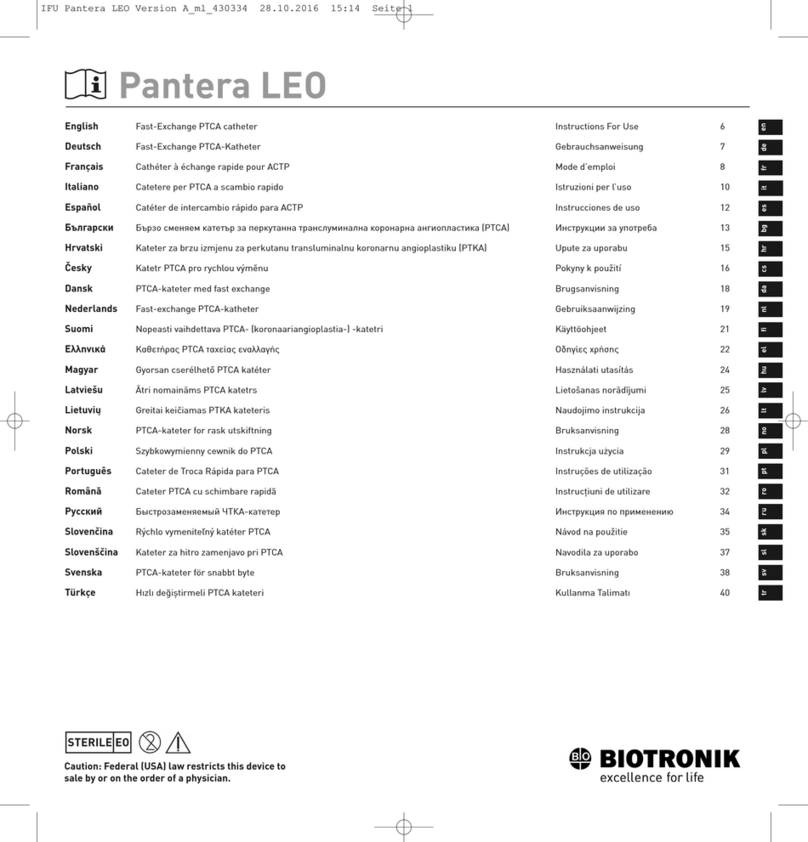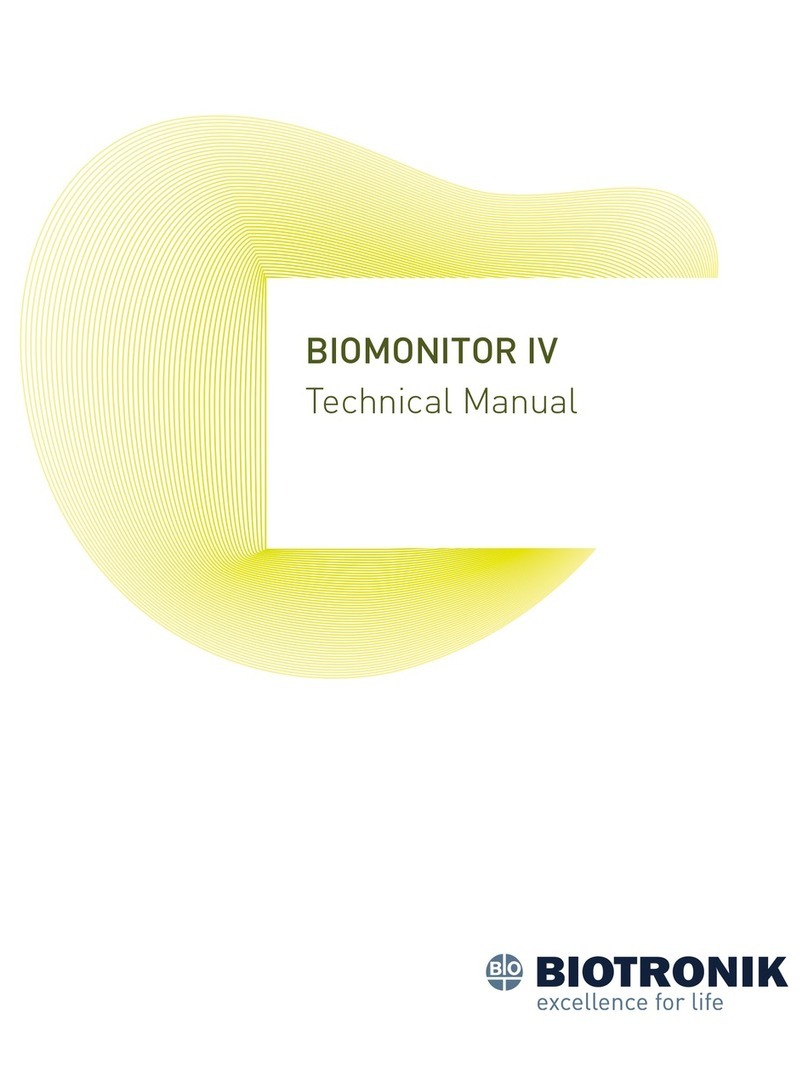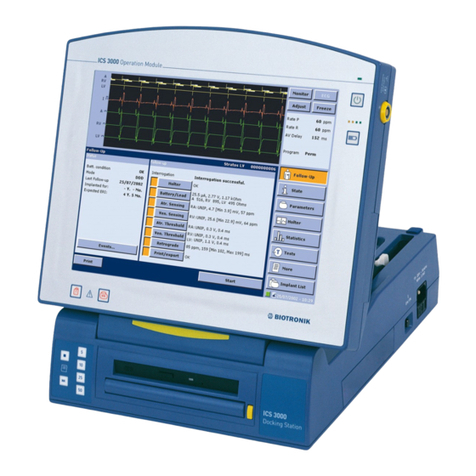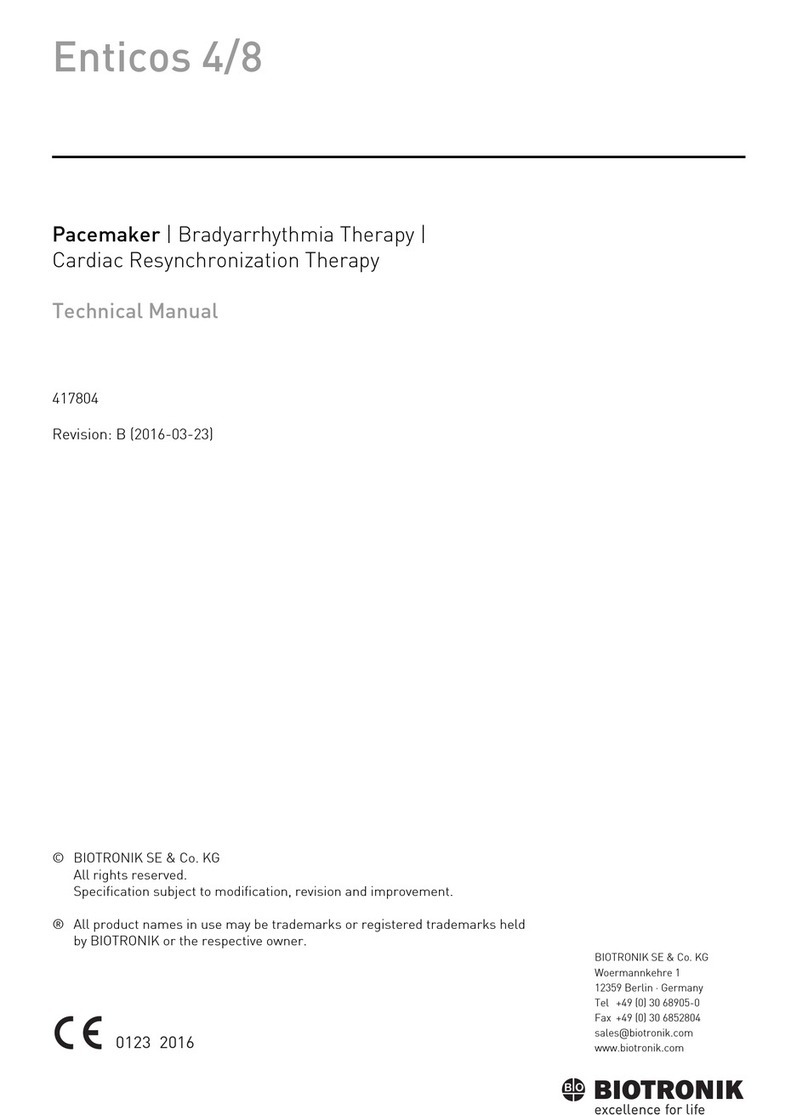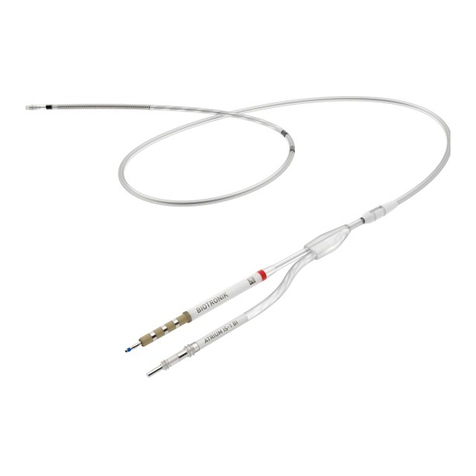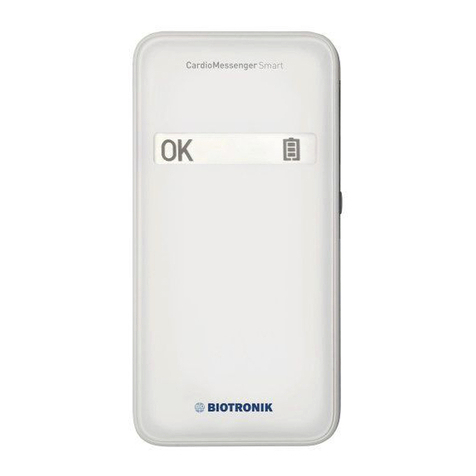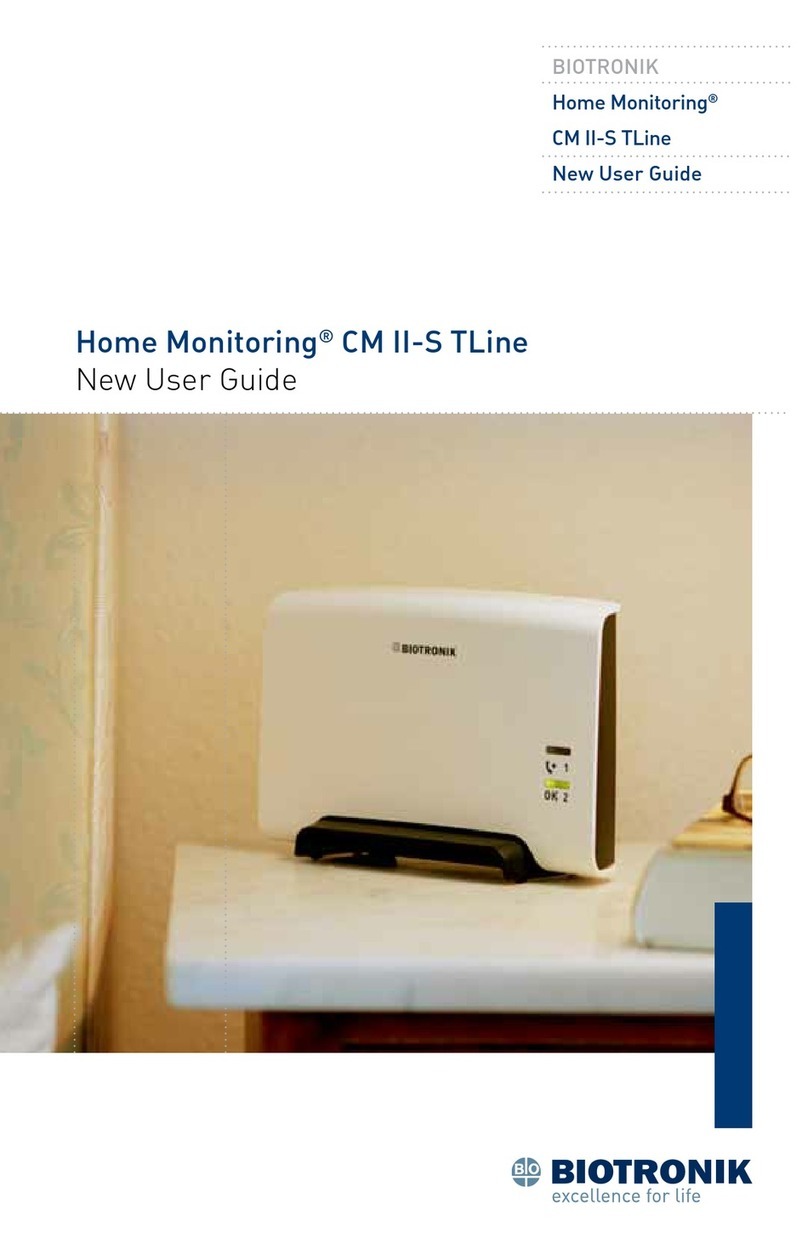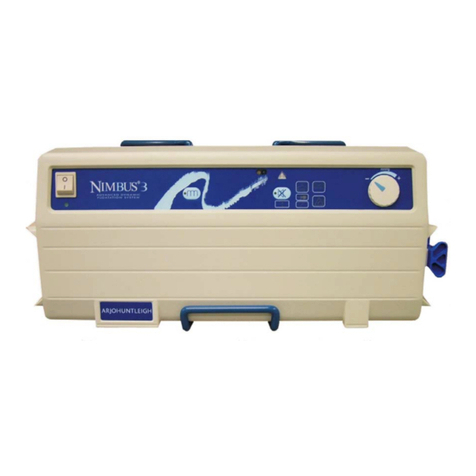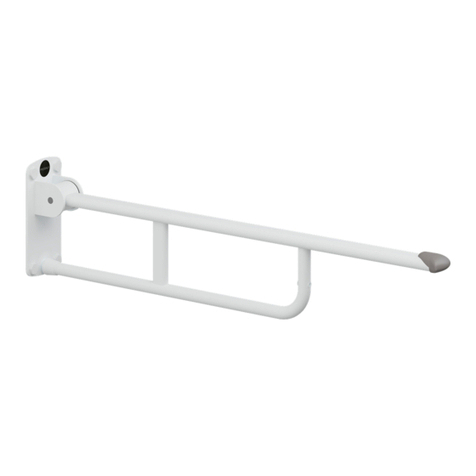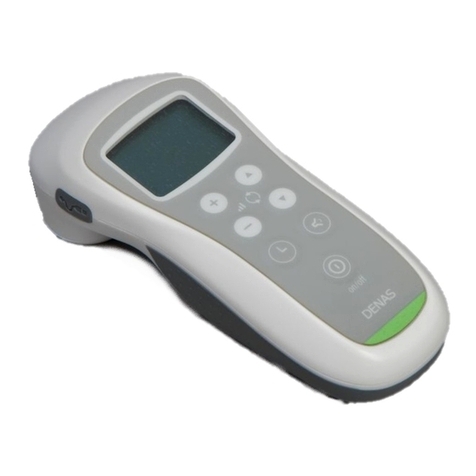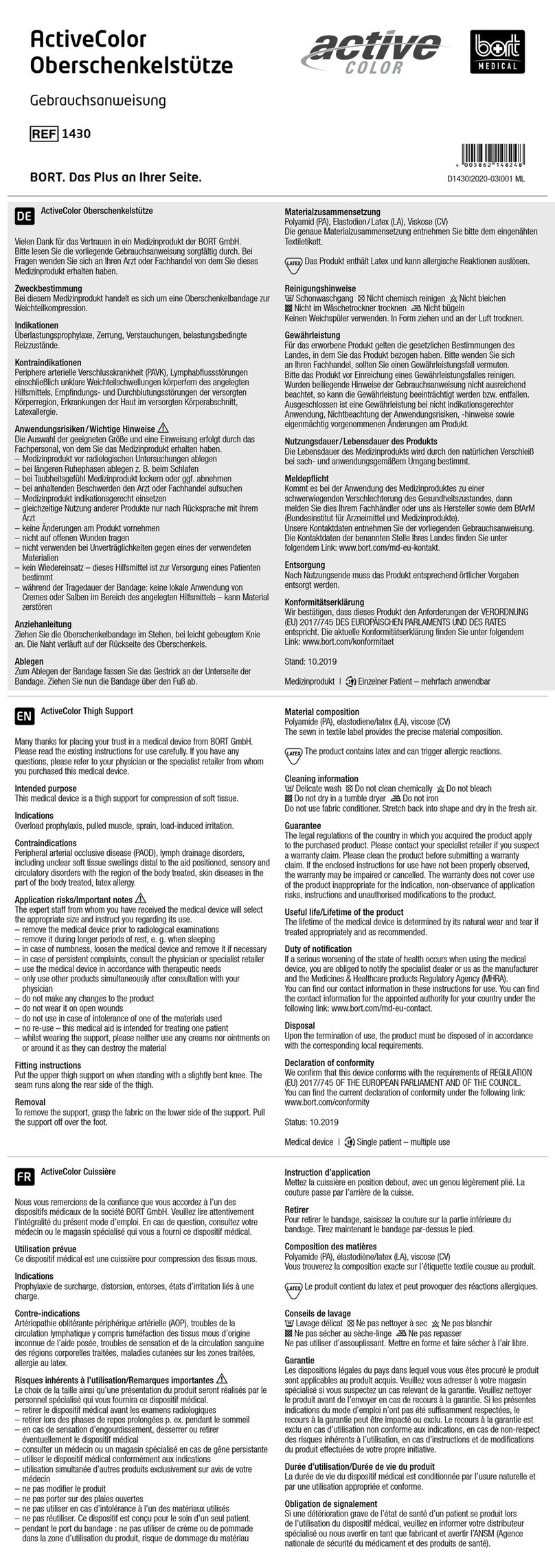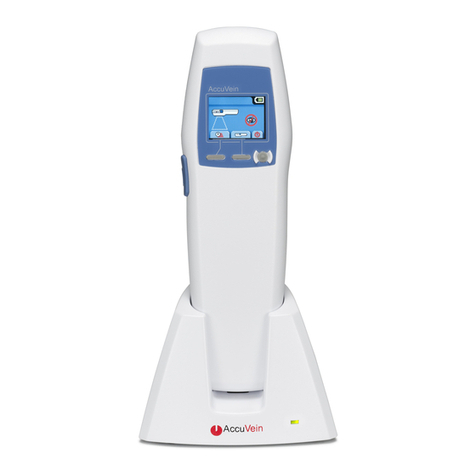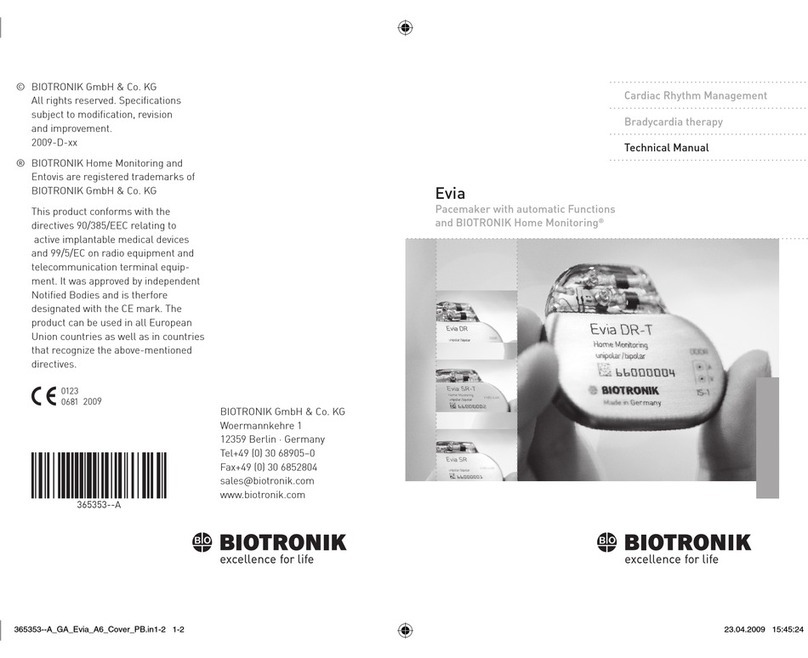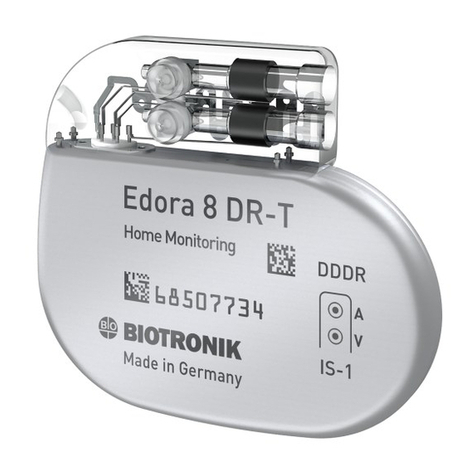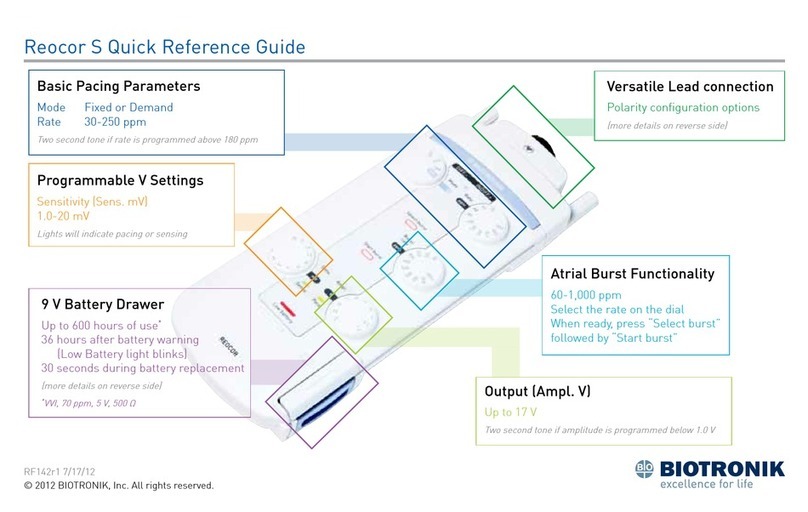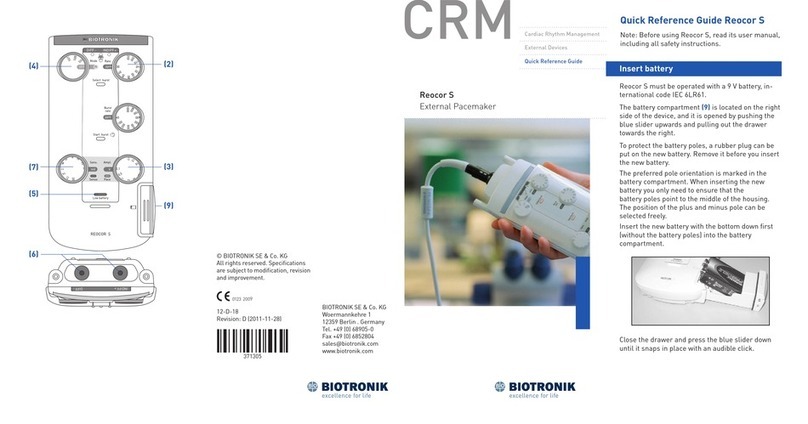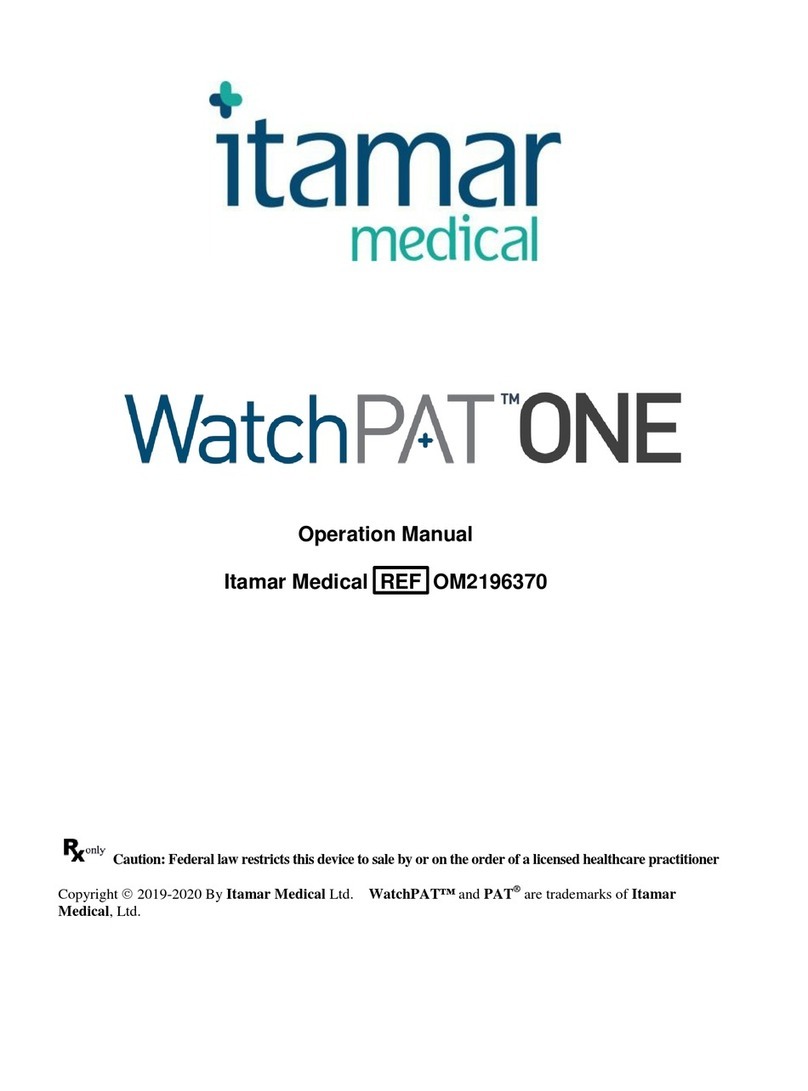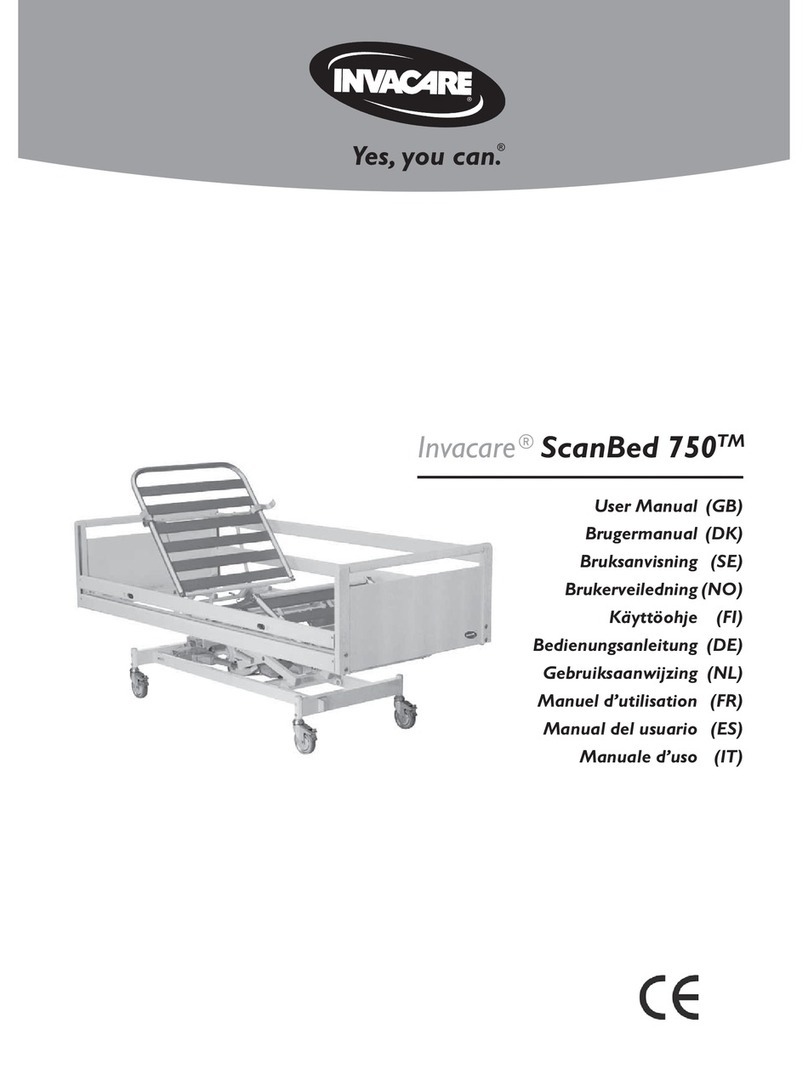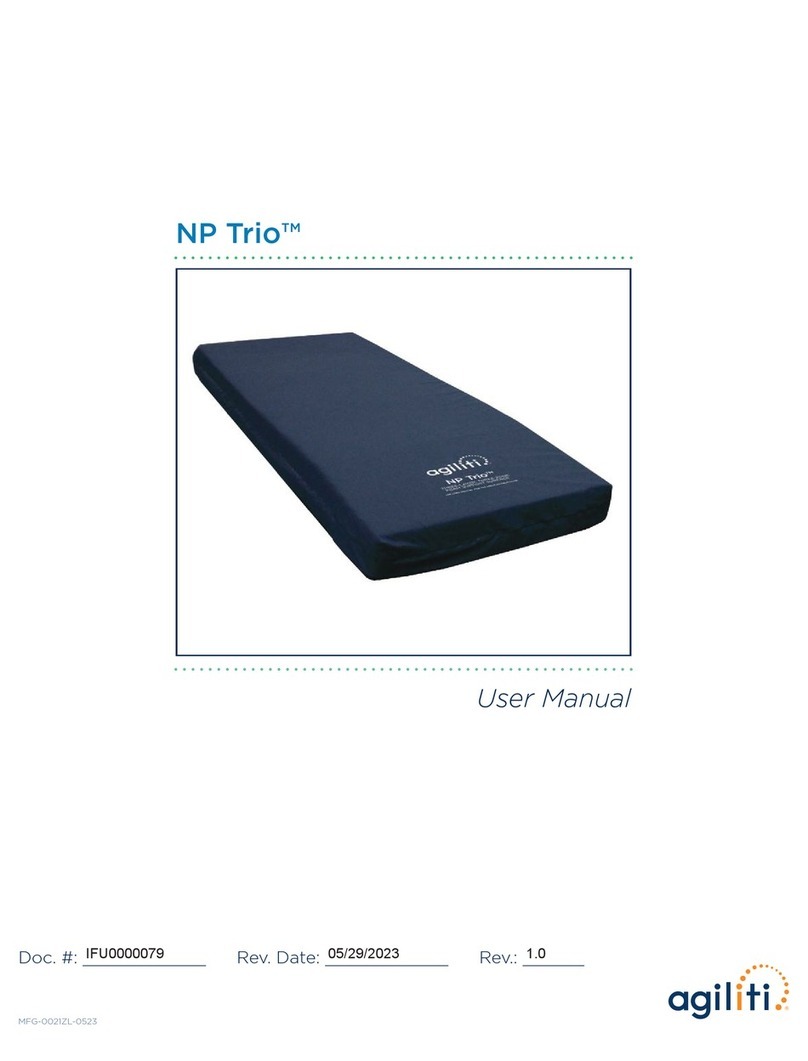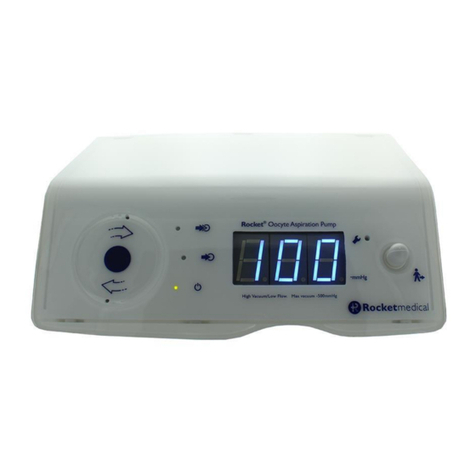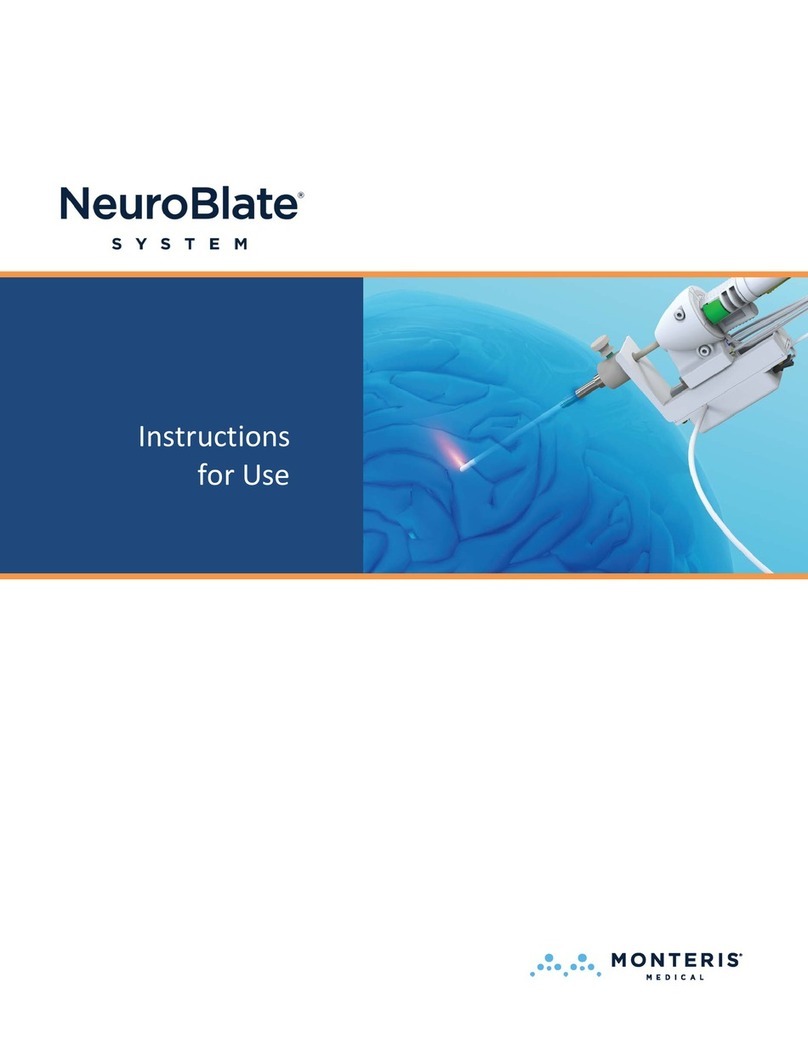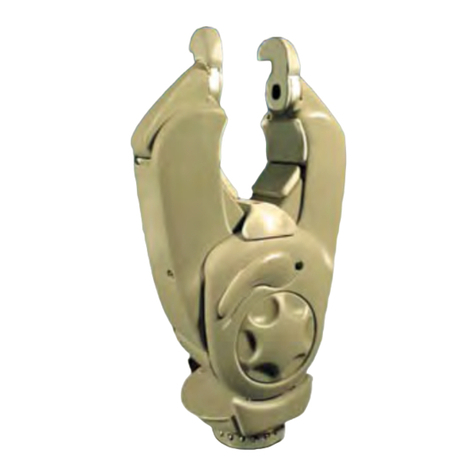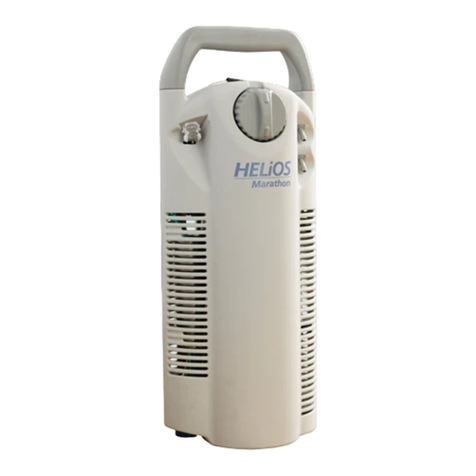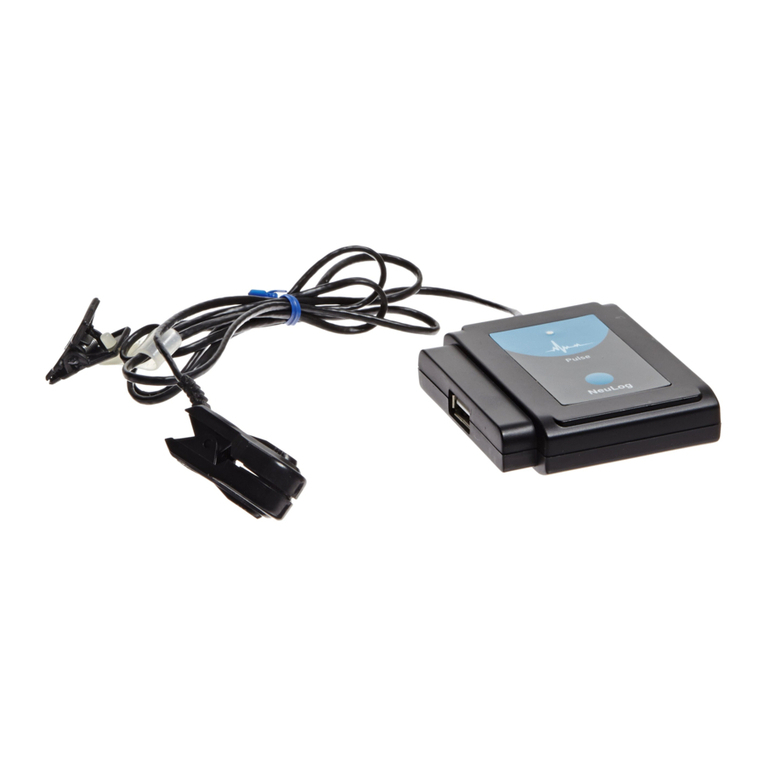8Product Description
Diagnostic and Therapy Functions
General overview All the systems have extensive features that allow quick diagnosis and delivery of
safe therapy for bradycardia conditions.
• Automatic functions make it easy and fast to implant, configure, and check the
pacemaker.
• Auto-initialization after implantation: The device recognizes the implanted leads
autonomously and sets the polarity. The automatic functions of the software are
activated after 10 min.
Diagnostic functions • Data from the last 10 interrogations and follow-ups are recorded as well as
arrhythmia episodes; they are stored together with other data to assess patients
and the state of the device at any time.
• Continuous automatic below-threshold impedance measurements are
performed in the device independent of the pacing pulse in order to check the
lead for proper functioning.
• Once a telemetry connection has been established during a test procedure in an
in-office follow-up, the IEGM is displayed with markers.
Antibradycardia pacing • Sensing: The amplitudes of the P and R waves are measured in the implanted
device fully automatically to record varying amplitudes. The sensitivity for the
atrium and ventricle is adapted automatically on an ongoing basis. The
measurement data are averaged and the trend can be displayed.
• Thresholds: atrial as well as ventricular pacing thresholds are automatically
determined in the device. Capture control is used to set the pulse amplitudes so
that pacing is performed with the optimum atrial and ventricular amplitude for
the patients with each change of the pacing threshold.
• Timing: Pacing in the atrium is checked particularly carefully by an automatic
adaptation of the atrial refractory period in order to avoid pacemaker-mediated
tachycardia.(Auto PVARP function: the postventricular atrial refractory period is
adapted automatically).
• Additional, special form of rate adaptation with devices from the 8 series: an
increased cardiac output requirement is detected using physiological imped-
ance measurement. The measuring principle is based on contractile changes
(ionotropy) of the myocardium (CLS function: Closed Loop Stimulation). Rate
adaptation is automatically initialized and optimized in CLS mode.
• Ventricular pacing suppression with devices from the 8 series: unnecessary
ventricular pacing is avoided by promoting intrinsic conduction (Vp suppression
function). The device can adapt itself to conduction changes. In the case of
intrinsic conduction, the device switches to a DDD(R)-ADI(R) mode.
Resynchronisation therapy Triple chamber devices have functions to configure different VV delays in order to
resynchronize the ventricles.
• Capture Control is available for the left ventricle with automated tracking of the
pacing threshold or automatic threshold monitoring (ATM) for trend analysis.
• To ensure that no additional surgery is necessary in case of a left-sided increase
of pacing threshold or undesired phrenic nerve stimulation, different pacing
polarities can be set for the left ventricular lead with a triple-chamber device.
• An additional diagnostic function with biventricular pacing: variability of the
heart rate, the patient activity and the thoracic impedance are monitored on a
continual basis.

